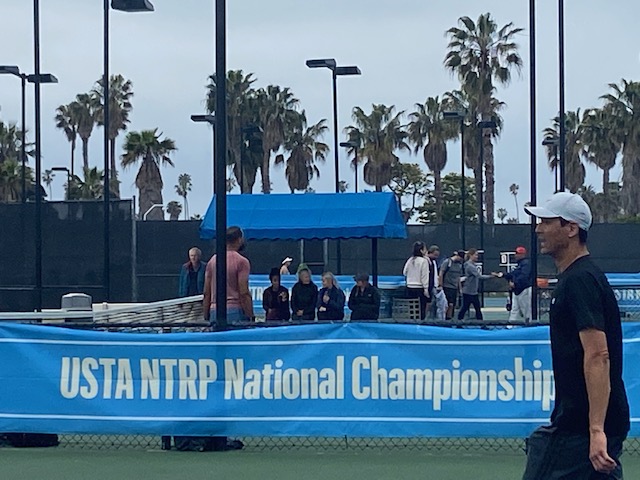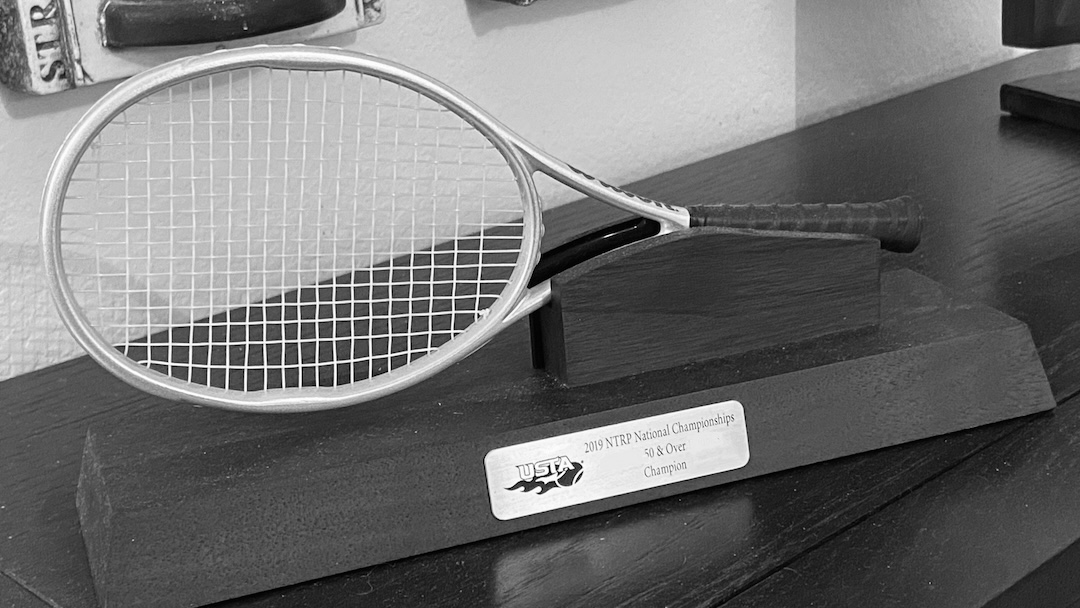As a special Valentine’s Day treat, it was my intention to attempt to completely close out the Score in a Game section of the Friend at Court today. Unfortunately, Appendix V, which contains alternative scoring methods, will keep me on this topic for a few more days. It is a weird way to celebrate Valentine’s Day anyway.

As an administrative side note, it did occur to me that February 14 is when the “Love Means Nothing in Tennis, But Why?” post should have actually been published, and it did occur to me at the time to hold that topic until today. Ultimately, the decision was made to press forward with the rules in the order presented in the Friend at Court. Journalistic integrity, doncha know. Additionally, the “Love Means Nothing” post was pushed out on February 3. It simply never occurred to me that I would still be writing about The Score in a Game section 11 days later.
There are two additional comments in the body of Rule 5 that haven’t already been covered. Today I will focus specifically on USTA Comment 5.1.
USTA Comment 5.1: Hand signals or “Zero,” “one,” “two,” and “three,” may be substituted for “Love,” “15,” “30,” and “40.”
USTA Friend at Court, ITF Rules of Tennis, Section 5
I cannot imagine why this rule would be needed. Back in the day, before the marketing phrase “junior development program” was coined, I took what was then known as “group lessons” with another player who was deaf. It simply would never have occurred to me that substituting hand signals for the score might be controversial, but apparently at some point in time something transpired prompting the USTA comment. I want to believe that this issue did not arise in a situation involving someone who was hearing impaired.
The head tennis pro for what I am now going to call “junior development program” had mastered enough sign language to effectively communicate with the deaf player. This feat was even more impressive by the fact that he could simultaneously sign, feed balls, and chain smoke. It’s an odd thing to admire. Don’t smoke kids.
Another obvious situation where hand signals would be required is when two players do not speak the same language. This is front of mind for me since I aspire to play some of the international ITF senior tournaments some day. My limited mastery of the English language is all I’ve got. If I play someone who doesn’t speak English, and more specifically can’t deal with my Texan dialect, we’d to be out of luck without hand signals.
I was curious enough about this rule to google around for an origin story. I did not find one, but did come across a USTA Friend at Court from 2012 which contained a much wordier version of this comment. While it did not illuminate what the origin may be, it did start me out on a rabbit trail to see how many past year’s editions I can locate because I have a sudden interest in the evolution of the rules.
This essentially closes out the the main body of section 5. OK, there is one more USTA comment to cover, but I am claiming victory on a technicality. I will cover the remaining comment as I dive into Appendix V starting tomorrow.
- United States Tennis Association (2020) Friend at Court. White Plains, NY


